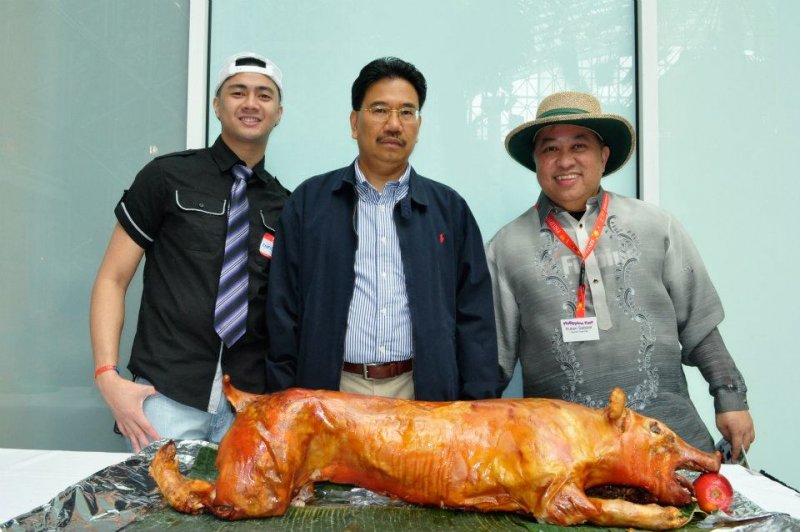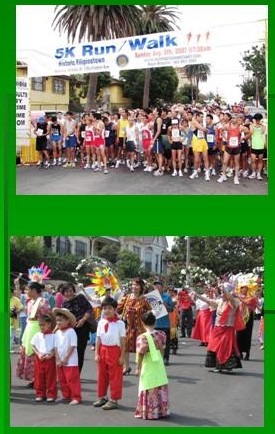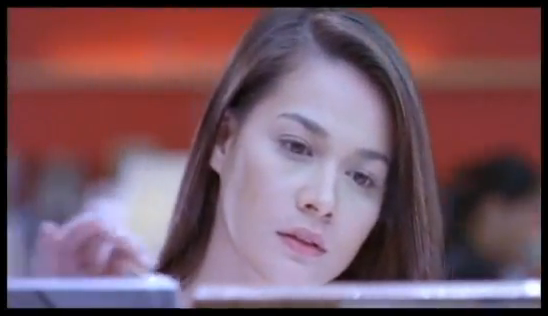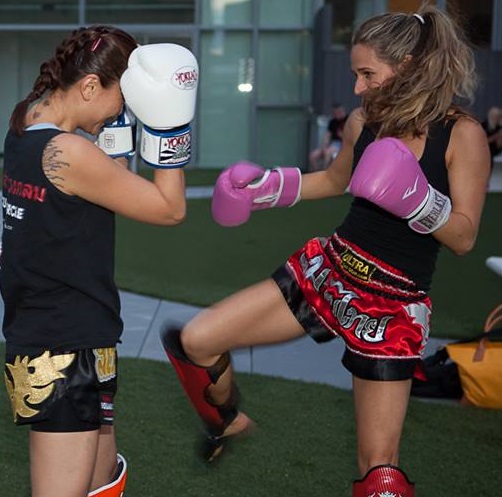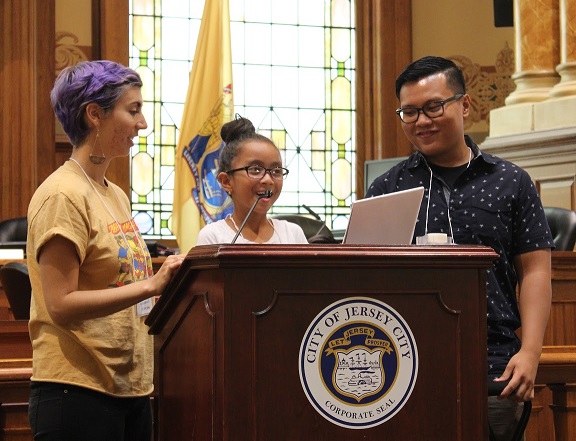The Babaylan and her cultural influence on Filipino society

Published by CreateSpace Independent Publishing Platform
September 2013
316 pages
By Allen Gaborro
The Babaylan’s fundamental relation to the indigenous epoch that is pre-colonial Philippines has long been one of an annulled past. Sylvia Mayuga writes about this in “Back from the Crocodile’s Belly: Philippine Babaylan Studies & the Struggle for Indigenous Memory,” as “a record of severe struggle to hang on to our [indigenous] soul and its unbroken link to the womb of our ancestral world wherever the Filipino may be.”
“Crocodile’s Belly” — edited by S. Lily Mendoza and Leny Mendoza Strobel — is a compilation of works that reflect the power and the generosity of the indigenous spirit and its capacity to break the colonial barriers that have been imposed on it.
The Babaylans — they could be male or female although the latter represented the majority of them during the precolonial period — were along the lines of a spiritual leader. Several definitions have been attributed to the term Babaylan. They were priestesses, shamans, medicine men/women, mystics, or all of the above.
If the Babaylan illustrates the potent foreground of the precolonial Philippine world, then the “search for indigenization” as Jurgen W. Kremer puts it in the book, constitutes the milieu. That search, as well as the arrested development of the Babaylan consciousness and evolution, speak to what the editors and contributors to “Crocodile’s Belly” are trying to do: to commemorate the indigenous folk, and the heterogeneity of their culture and of their beliefs and attitudes.
These indigenous cultural influences did not stop at shore’s end. They were also conserved and disseminated into Filipino society in the United States. Grace Nono writes in “Crocodile’s Belly” of the “oral/aural traditions and the diasporic spread of indigenous religions” in the contemporary new world. Nono tells the story of Ohio-resident and Ifugao babaylan Mamerto Tindongan. He “was led to receive belatedly a transmission of a healing gift from his Ifugao mumbaki-father as a balikbayan (returning Filipino) after falling ill with a debilitating disease.”
His initiation as an immigrant “mumbaki” (essentially an indigenous priest) complete, Mamerto returned to Ohio where he preserved his father’s indigenous tradition and put it into practice.
Stymied and repressed by Western colonialism, the indigenous arc of Philippine history and culture was stripped of its pride of place. “Crocodile’s Belly,” in contravention to that outcome, speaks historical and cultural worthiness to imperial power as a sovereign response to, in Leny Strobel’s and Lily Mendoza’s words, the “grief and trauma of Empire.”
In the chapter “Pagbabalikloob, Cyberactivism, and Art,” Perla Paredes Daly writes of the Babaylan as “the women revolutionaries as they resisted the colonizers. These women were Babaylan leaders aiding their people to freedom.”
In terms of the practice of cultural production (referred to as “knowledge practices” by Michael Gonzalez in “In the Mountain’s Womb”), the Spanish colonial crusade, at the height of its power and as part of its overarching imperial vision, did all it could to render Babaylanic energy and dynamism into blank prose and verse.
“Crocodile’s Belly” leaps into this historical breach and sets out to loosen the colonial reins on indigenous complexities and courses of life. In Maria J. Ferrera’s “Glimpses into the Indigenous,” there is a key idea that runs through the book: “To decolonize is to heal the self, heal the culture.”
To be sure, “heal” is a salutary four-letter word that stretches in and around the collections in “Crocodile’s Belly.” All of its patrons and participants have kept their ears to the ground of indigenous reclamation as it is found both in the primal homeland and in the American metropolis.
Healing is a critical component in expanding and exporting the indigenous experience. This healing, to go back to Perla Paredes Daly, is a space dedicated to the “Filipino wounded identity” as it seeks to recover from the “blows of colonial rule!”
Under the committed stewardship of Leny Strobel Mendoza and S. Lily Mendoza, the writers in “Back from the Crocodile’s Belly” have created a singularly beautiful, sometimes grieving, but always enlightening and sundry meditation on the Filipino indigenous endeavor.


